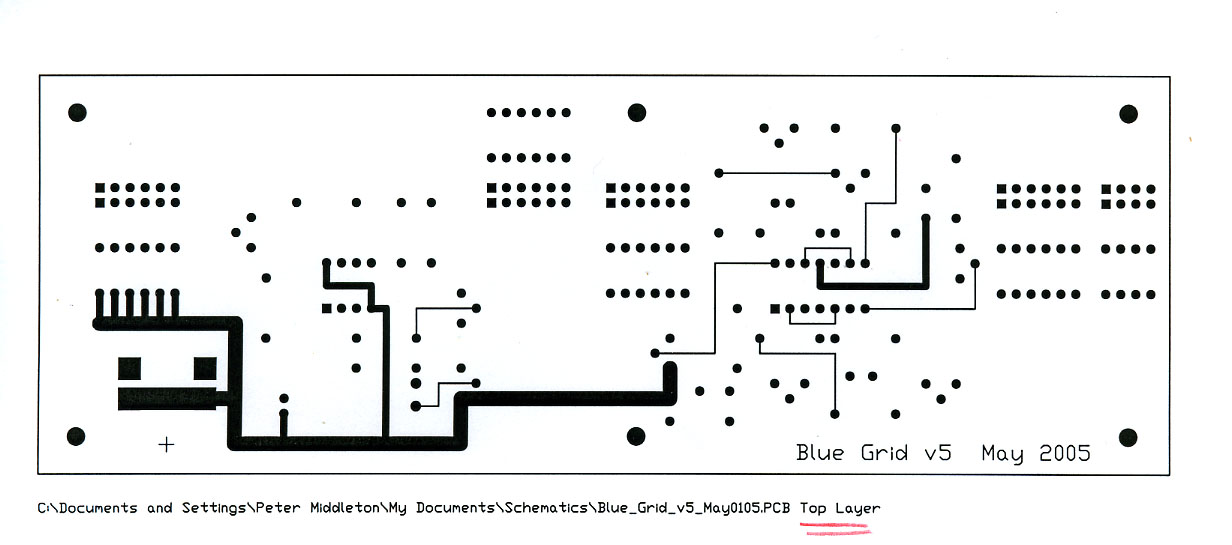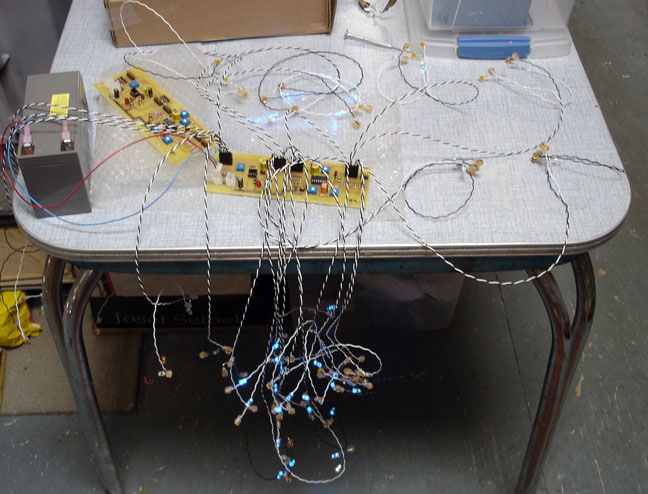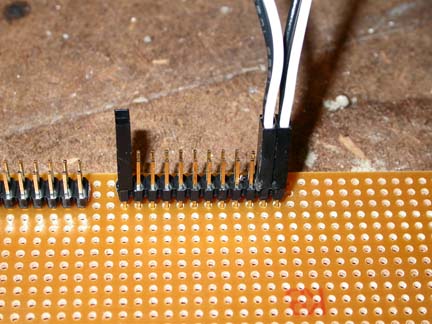




His lighting piece for Paradise Ridge Winerywas made for the "Year of the Sculptor" show there this summer 2005. Here is the Announcement for the sculpture show.
He has more recently connected his electronics background with his art interests and has been making lighted sculpture for some time. John Watrous has been teaching art at Santa Rosa Junior College for 30 years. To see more of his work see his webpage.

Champagne cellar at Paradise Ridge Winery and the inspiration for the light work.


PCB loaded

pcb ready for shipment on the last day of June, 2005



Watrous and Middleton have a history of buiding electronic equipment. Over forty years ago they both amassed numerous hours during high school designing and building equipment pushing the limits of amateur radio. They are at it once again!
Professor Peter Middleton has been steadily involved with electronics designing and building high end audio equipment related to his teaching in the music department at Northern illinois University. Peter has accepted the challenge of designing printed circuit boards for the piece. His familiarity with PCB design software makes my piece possible.
Watrous is using simple op-amps and timers to build a flexible circuit board to flash and pulse LED's at slow, controllable rates.
He decided to experiment with op-amps and timers insead of more complex programable arrays. The LM555 timer and the LM324 op amps (used as a 2-op-amp triangle-wave generator)were chosen because of the many circuits available which could be modified for light-timing use.


2 Pin header plugs mounted into standard PCB headers provide for many possible combinations of lighting. This same header system was used in Watrous' 2001 show for white LED fixtures.

The LM555 timer output will provide 2, unique, slow flash rates and the LM324 will provide 2, adjustable pulse rates. Each PCB will have the capability of powering 2 four foot lighting panels, but will probably just power one giving some overhead. Each pair of the 192 LED's having four possible states. Lighting construction will consist of 4 foot by 6 inch units each connected with a lighted, yellow fluorencent 1 inch rod.
